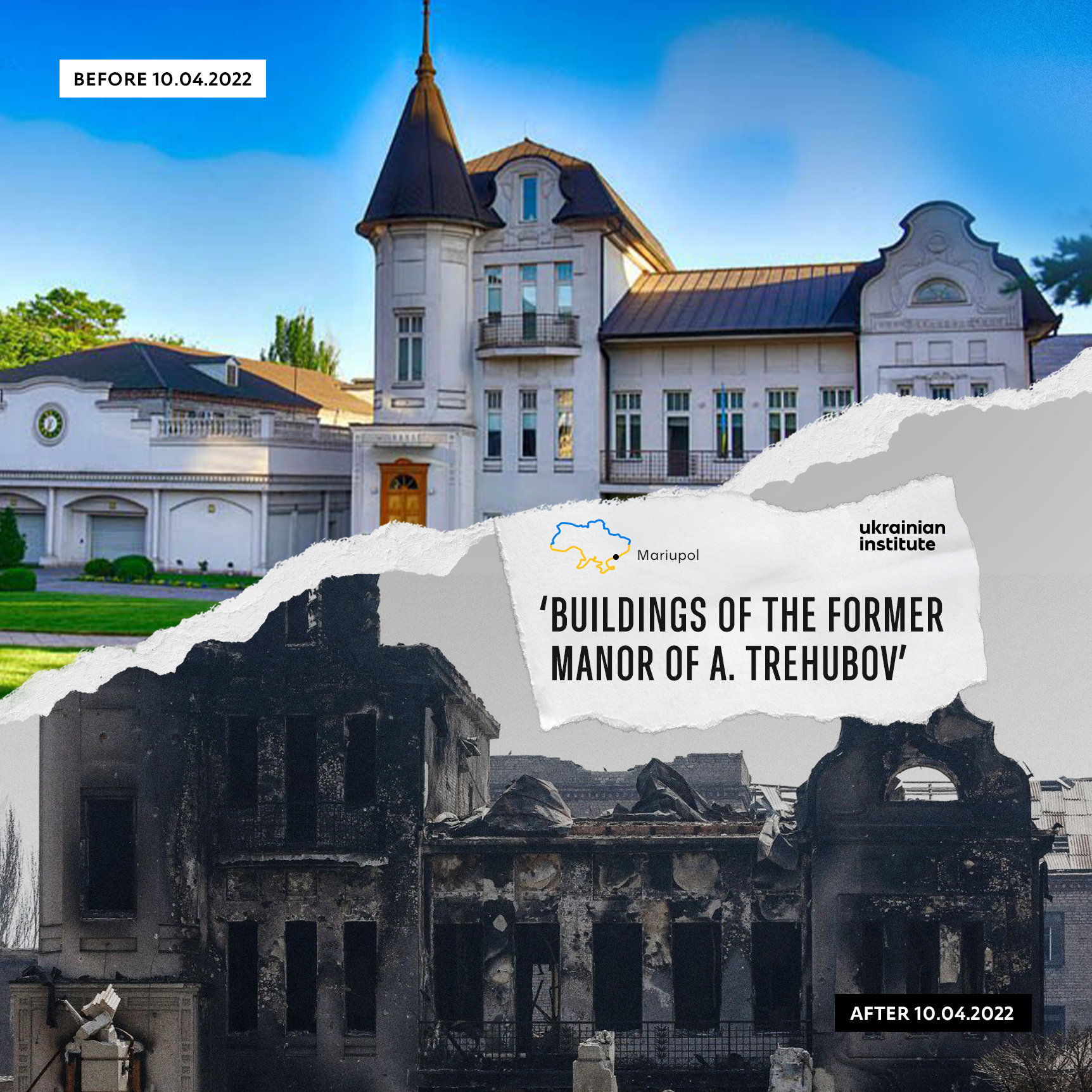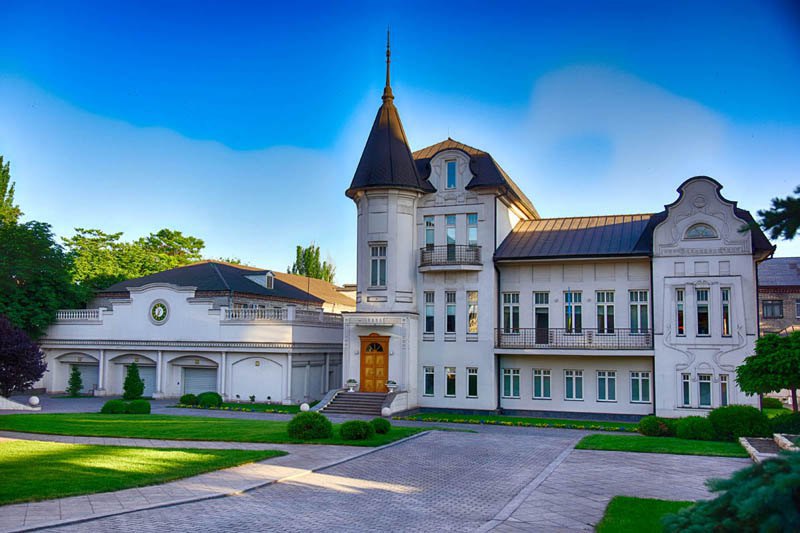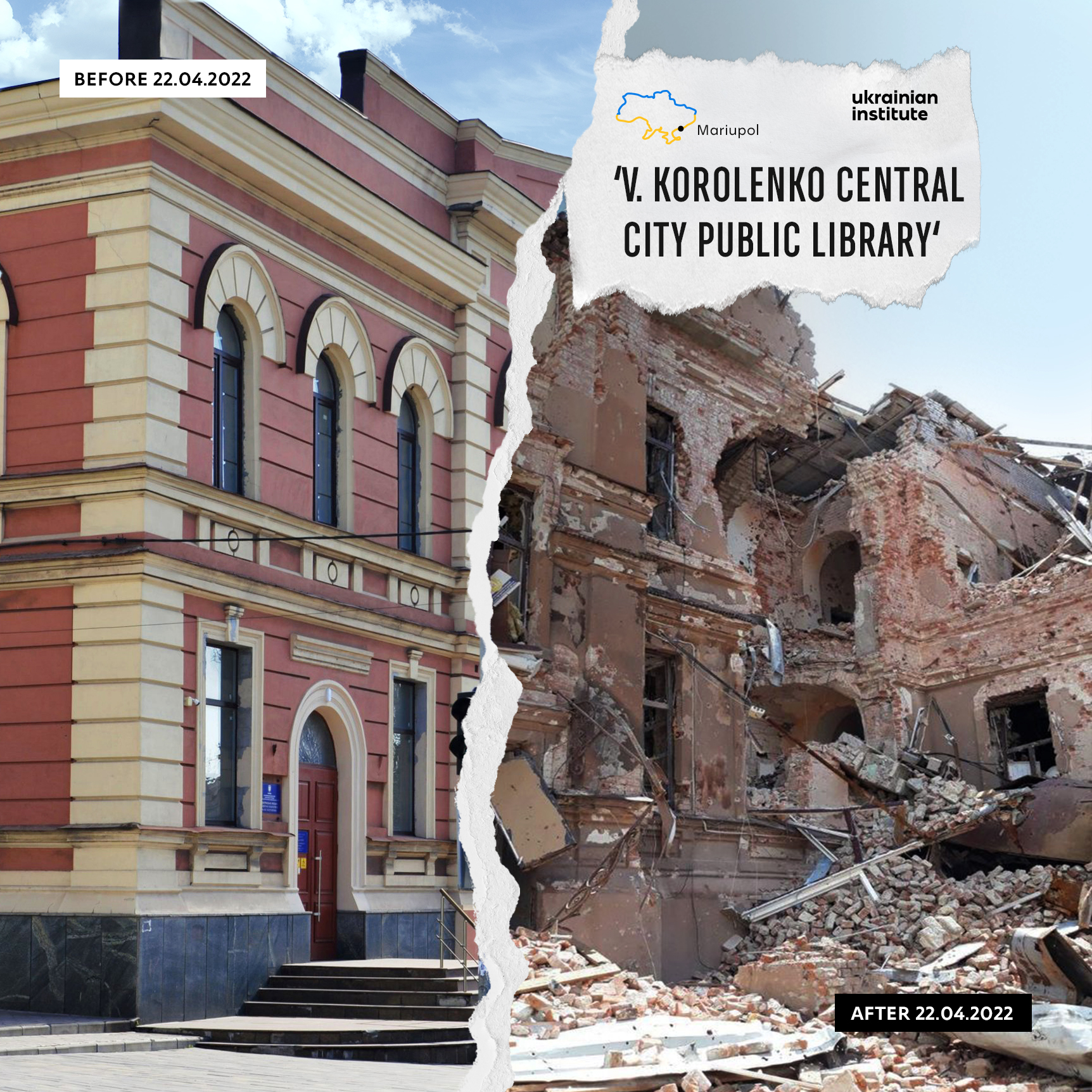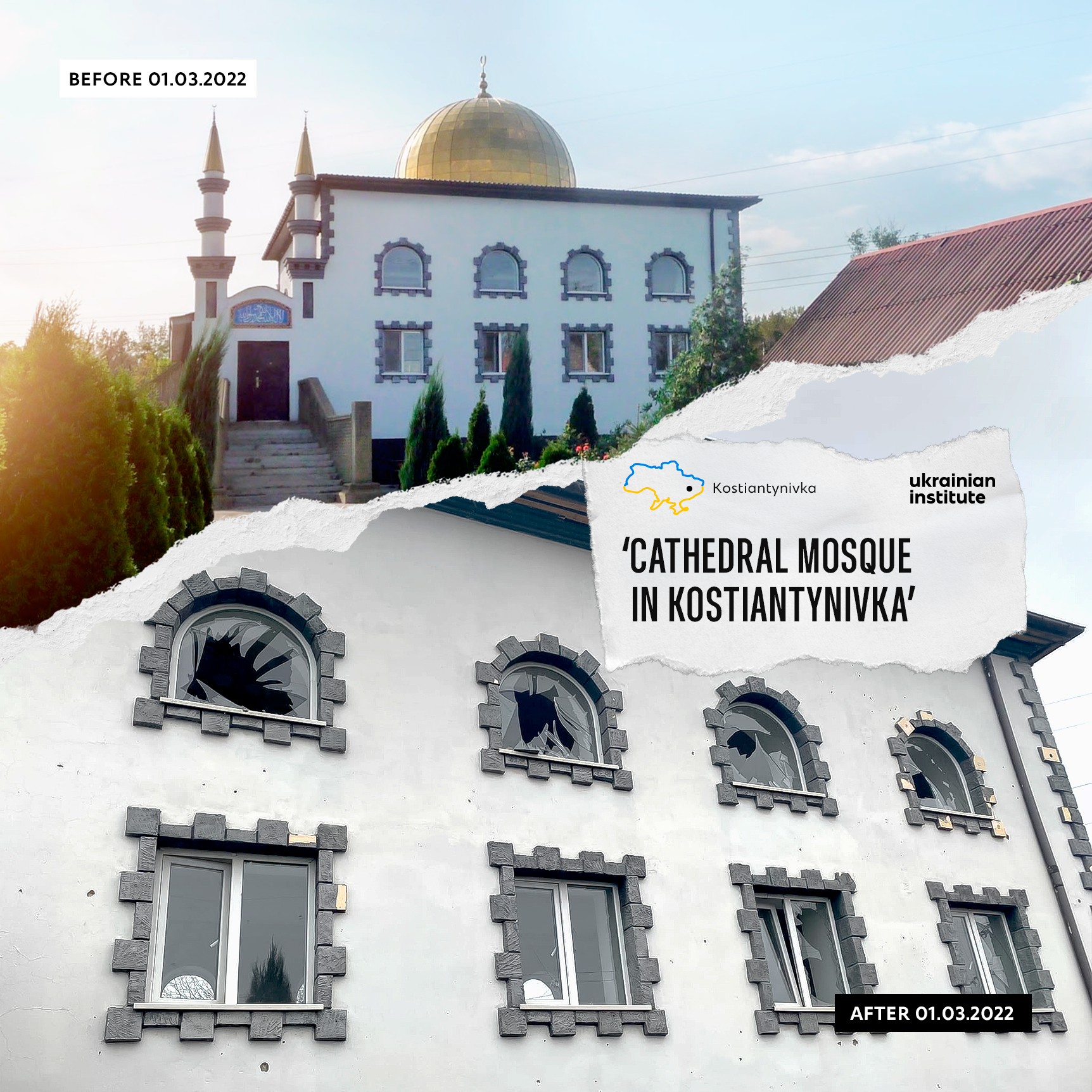
Historical buildings reflecting the Mariupol architecture of the late XIX and early XX centuries before the Bolshevik Revolution.
For decades, Mariupol was known in Ukraine and worldwide as a centre of the metallurgical industry. Since the start of Russia’s invasion of the Donetsk and Luhansk regions in 2014, it has become a widely known front-line city.
However, the history of Mariupol has many different pages. Before the Bolshevik Revolution of 1917, the city was full of the hustle and bustle of market squares, winding cobbled streets, and elegant estates of local entrepreneurs. The former manor of Abram Trehubov is a reminder of the time when the city didn’t yet have a distinct industrial image.
Trehubov was one of the 38 members of the City Duma, a prominent public figure and a merchant of the first guild, who had the right to trade abroad. At the turn of the 20th century, he owned luxurious real estate, several enterprises, including a steam mill, and three telephones, a rarity at that time. In addition, Trehubov was the secretary of the Association for Helping Pupils of the Mariupol Oleksandrivska Male Gymnasium, an active philanthropist and patron.
His possessions in the centre of Mariupol included a two-storey estate and a number of buildings in the backyard. Among these, a house with a peaked tower stood out, which survived to this day and was restored in 2012.
When the Bolsheviks seized power in Ukraine, they confiscated all the property of Abram Trehubov. The businessman’s estate housed the headquarters of the All-Russian Extraordinary Commission or Cheka (ruthless Bolshevik secret police). This organisation was known for its mass arrests, imprisonment, torture, and massacres of all dissidents and political opponents without any trial. The buildings that used to beautify the central city square began to evoke horror.
Following the Second World War, the former Trehubov’s estate became the property of the Ministry of Healthcare. A city polyclinic and a blood transfusion station were established here. Only after the restoration of Ukraine’s independence was the manor reconstructed, and it took almost 10 years. As a result, the original design of these houses was restored, and they became an adornment of the central part of Mariupol.
And on February 24, 2022, Ukraine experienced a full-scale Russian invasion. The shelling of Russian forces damaged the facades, windows, roofs, and interiors of three historical buildings of the Trehubov estate and caused a severe fire, too.
The site that once held memories of the past for many years may now turn into a memory itself.


























